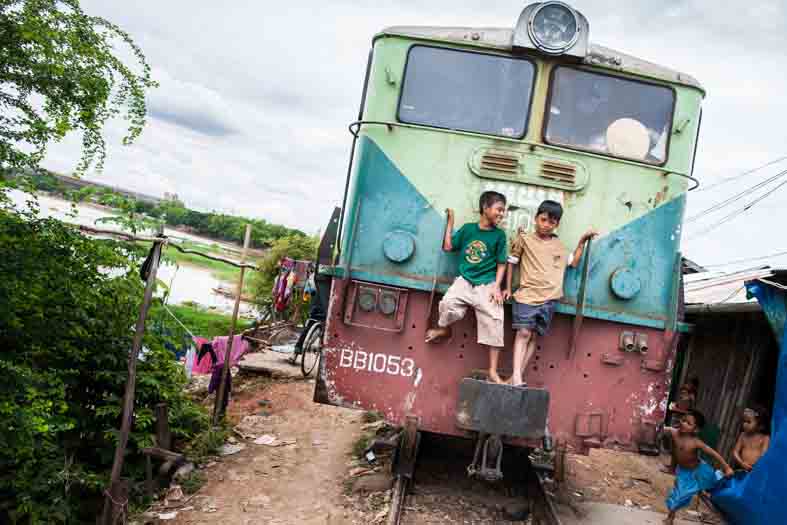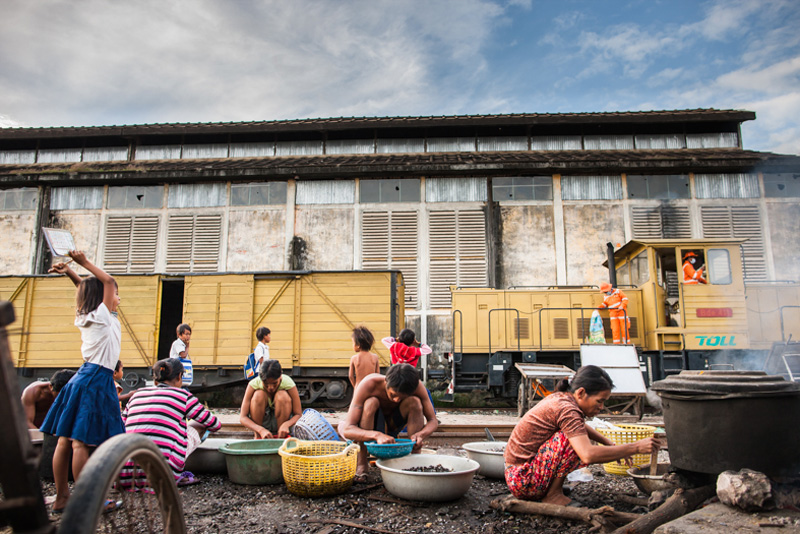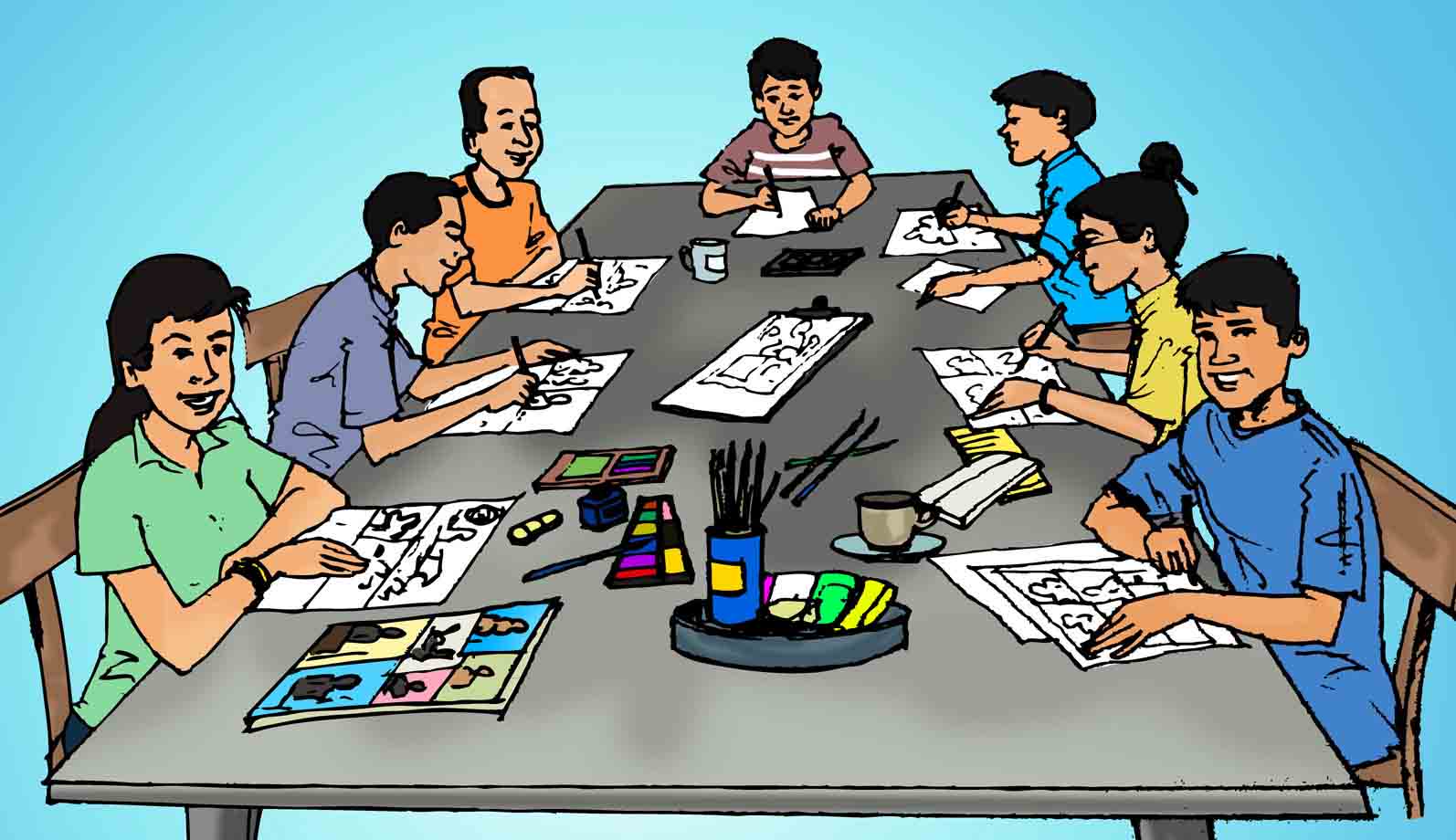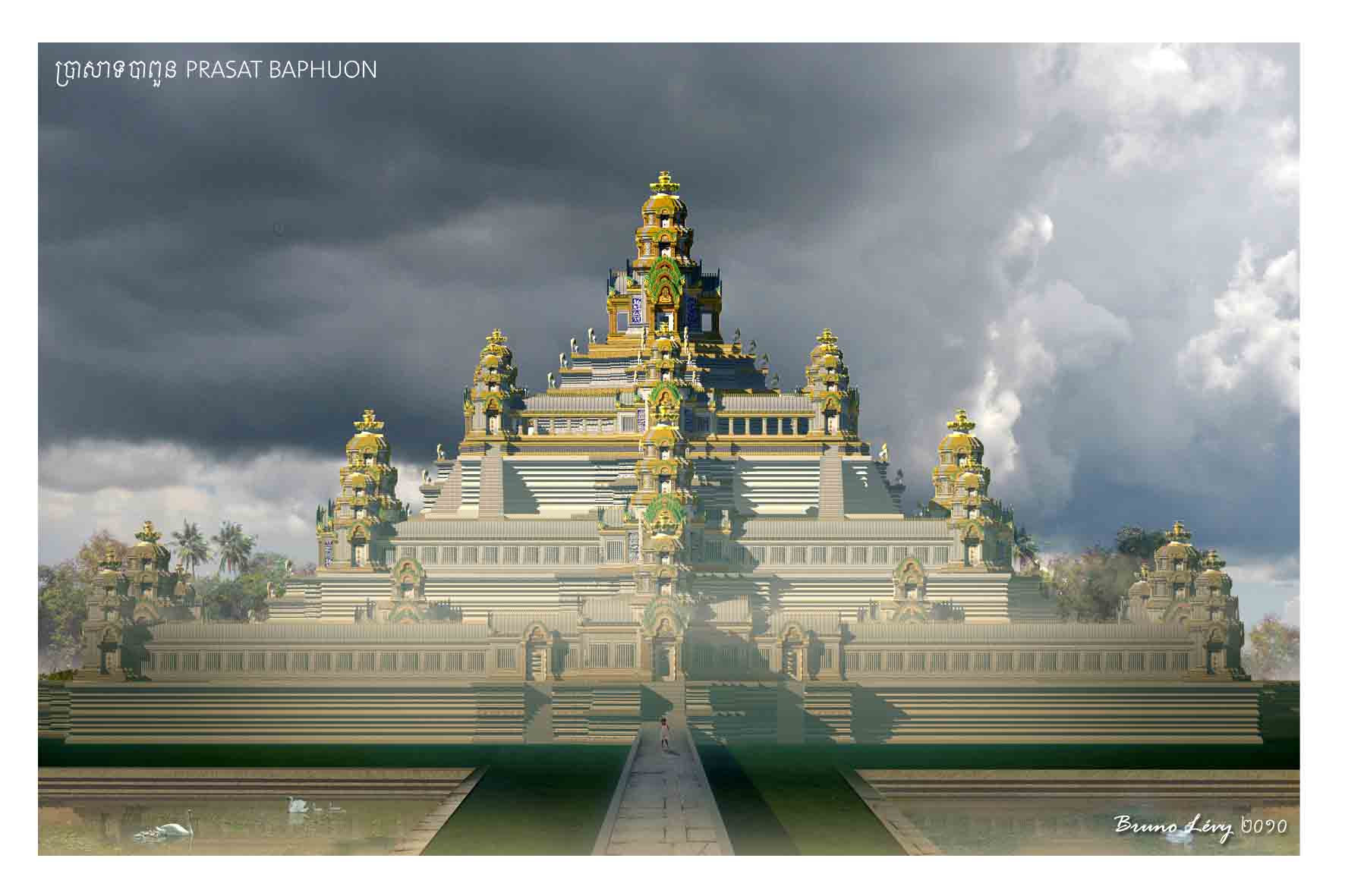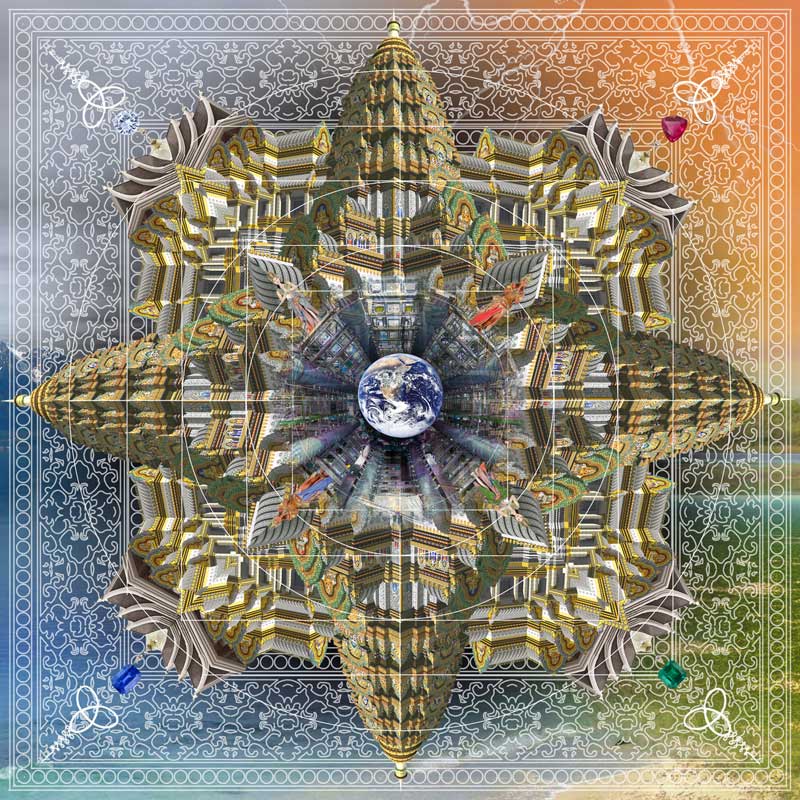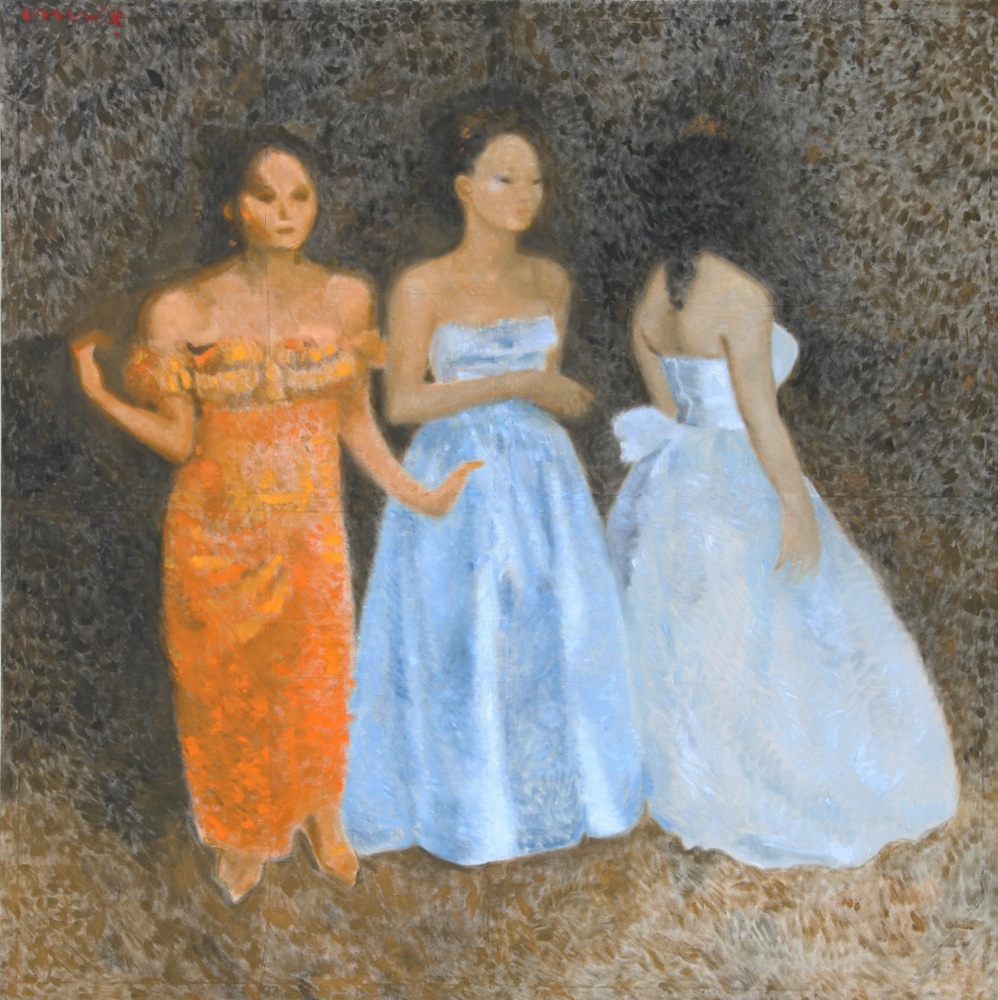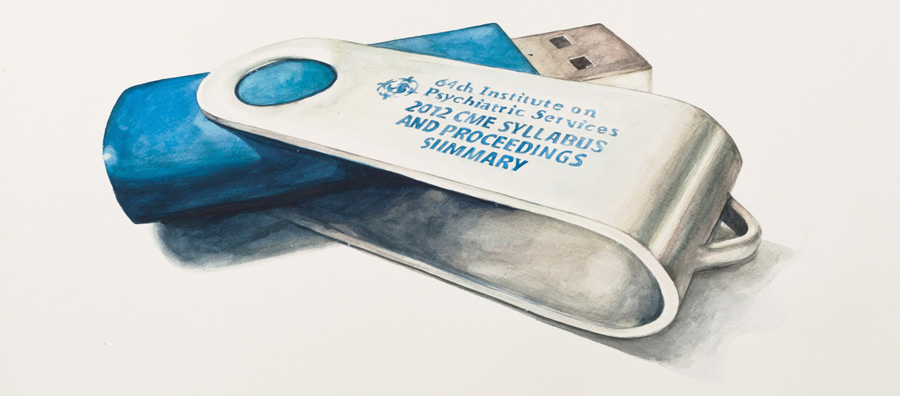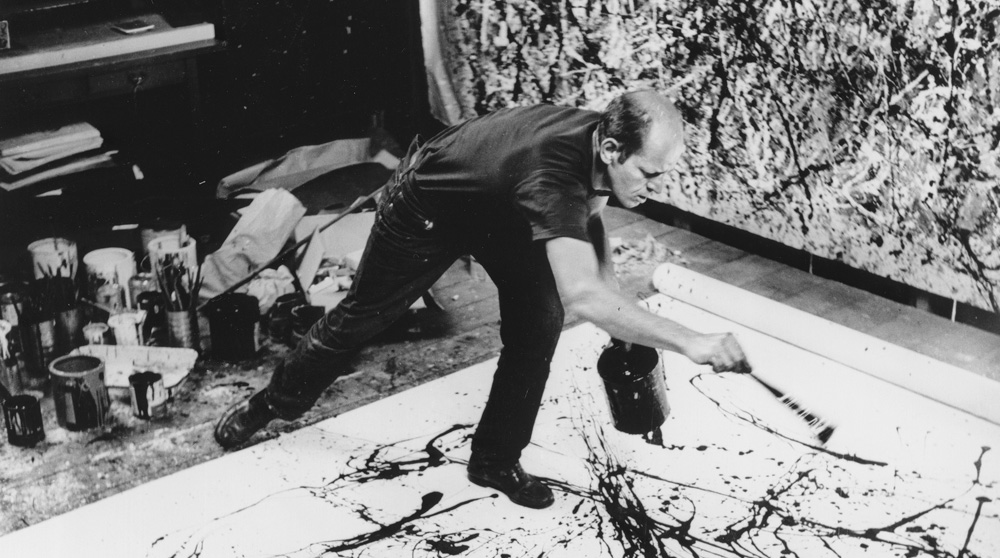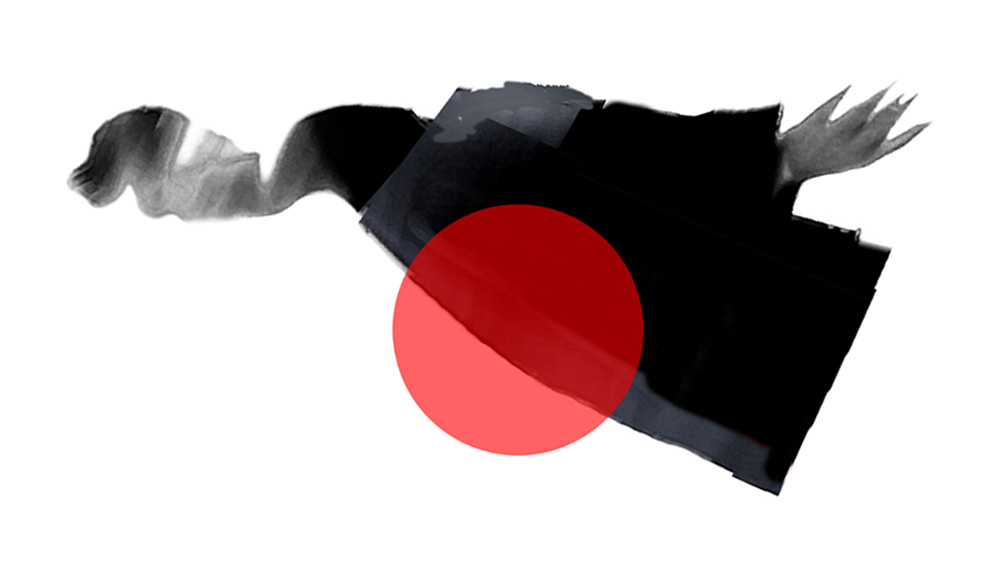For ten years, Daniel Rothenberg has woken up every morning and done exactly the same thing. Camera in hand, he’s walked the streets of Cambodia’s cities photographing everyday life: the picturesque and sometimes not so picturesque. Rothenberg has documented the changing times.
“The last ten years of photographing on the streets here feels a lot like watching a teen struggle through the time of becoming an adult,” muses the American. “The people are constantly learning, growing, changing… I like shooting here more and more as the years pass.”
A taster of the fruits of Rothenberg’s years of photographing the Kingdom is on show at Tepui right now. Taken from the ongoing Life Is series, the exhibition, snappily titled Snapshots, includes images taken between 2003 and 2013 in Phnom Penh, Battambang and Siem Reap. Rothenberg and his camera roved markets and alleys, searching for everyday scenes that crystallised Cambodia’s rapid development and dynamism.
“When I first started this series, although there was deep poverty everywhere, the huge gap between the rich and the poor was not nearly as extreme,” Rothenberg explains. “The people were also more private and shy, and in many places had less contact with foreigners, cameras or social media.” The explosion in technology in recent years has, he says, left some of the Cambodians he encounters jaded, but others who were once shy have become “very engaged participants in the image-making process”.
The close affinity which Rothenberg feels with his subjects is apparent in Snapshots. Determinedly eschewing the ‘exotic idyll’ shots of commercial photographers, Rothenberg’s images, while not exactly gritty, don’t shy away from the less picturesque aspects of existence: two kids ride the Battambang railway with smiles on their faces, but in the wide-angle periphery of the image, trash-piles and makeshift housing frame their picture-postcard joy; a child sits prettily in a hammock, but underneath her father lies flat out on a bare tile floor.
“Not to be rude – there are many great photographers here – but most of the images I see making it into photo books are not really about real life here,” he says. “To me, real everyday life is everything that happens at the markets, it’s about all that’s being done to survive and grow and be happy in a place where so many have so little.”
If Rothenberg’s fascination with the behind-the-scenes reality of Cambodia sounds slightly cinematic, that’s because in a previous life he worked with the likes of Quentin Tarantino and Robert Altman on the camera and production aspects of their movies. “Working in film for so many years taught me many different things. It taught me how to see… how to respect and communicate with my subjects both verbally and non-verbally and it taught me how to capture a particular scene in a way that spoke in my voice.”
In Snapshots there are hints of his movie days in the atmospheric light and shadow, the vivid contextualisation, the wacky shot angles. These techniques make for an exhibition full of fluidity and the sense of change.
“The changes are a broad mix of positive and negative,” he says of Phnom Penh’s last decade. “The increase in corruption, super-concentration of huge wealth, land-grabbing and all that is associated with the nouveau riche class is sad to witness, while at the same time the increase in educated youth, social media and overall awareness of how badly they are being abused by their own government and rich neighbours is heart-warming… the changes are just in their infancy, that’s for sure. I just try to capture reality for a cross-section of the real people who live around me. And I hope I keep getting better at it every day.”
WHO: Daniel Rothenberg
WHAT: Snapshots, a photographic exhibition of everyday life in Cambodia
WHERE: Tepui at Chinese House, #45 Sisowath Quay
WHEN: Now until the end of October
WHY: Ten years of Cambodia’s evolution in photographs
